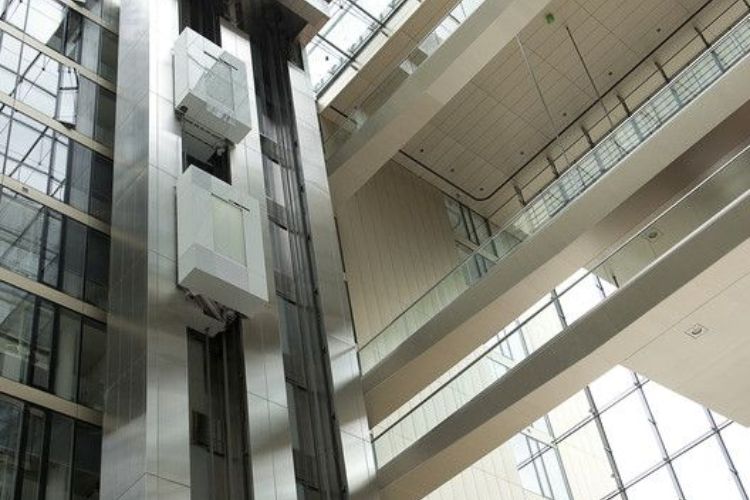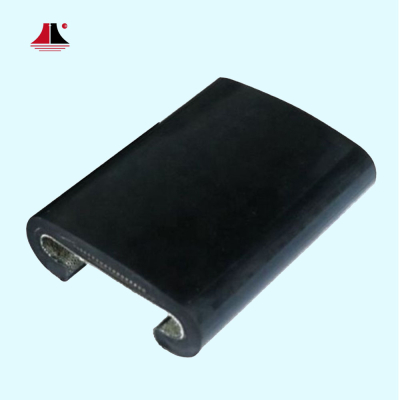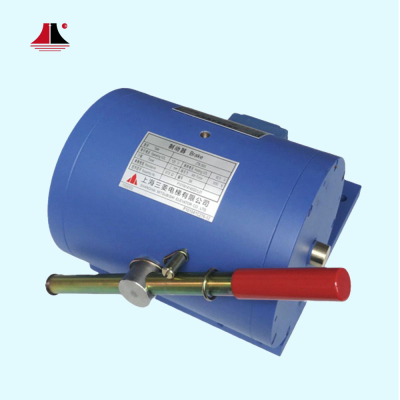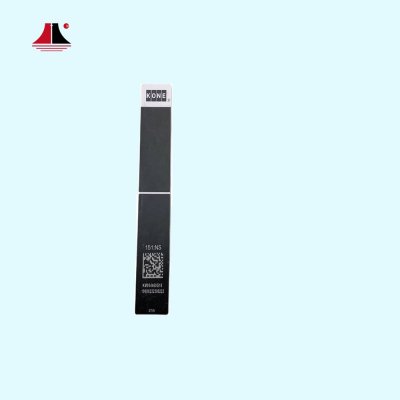Can You Install Two Elevators in the Same Shaft?
Many buildings face tight floorplate constraints and heavy vertical traffic. Installing two elevator cars in a single shaft can be a gamechanger, saving precious space and cutting wait times.
Yes, you can install two independent elevators in the same shaft. However, it requires careful design, precise engineering, and strict adherence to safety standards to ensure both cabins run smoothly and safely.
In the sections that follow, we’ll explore when shared‑shaft elevators make sense, cover the key technical rules and safety measures.
1. Why Share One Shaft for Two Elevators?
1.1 Space Optimization
In very tall buildings—like superhigh office towers, hotels, or hospitals—every square meter matters. A shared shaft can house two separate cabins, cutting the number of vertical openings needed in each floor plate. This frees up valuable floor space for offices, patient rooms, or public areas.
1.2 Proven RealWorld Examples
Leading elevator makers have already perfected this concept. For instance, ThyssenKrupp’s TWIN system runs two independent cars in a single shaft. Smart scheduling and sensors keep the cabins moving smoothly, preventing any risk of collision.
2. Technical Requirements and Standards
Installing multiple elevators in one shaft is not as simple as stacking cabins. It demands careful engineering and compliance with strict rules:
2.1 Physical Separation
lPartition Walls: If you fit more than two cabins in one shaft, you must install rigid partitions—made of steel or concrete—to keep each elevator’s machinery and cables isolated.
lDedicated Guide Rails: Each cabin needs its own set of rails. This prevents the cars from interfering with one another as they travel up and down.
2.2 Safety Clearances
lBuffer Space: There must be at least half a meter of clearance between each car and between the car and the shaft wall. This gap prevents mechanical interference and leaves room for emergency access.
lFireRated Compartments: The shared shaft must meet fireresistance standards, ensuring that a blaze in one section cannot spread to the other cabin or the rest of the building.
3. Safety and Control Systems
With two cars sharing the same vertical space, sophisticated controls are vital to keep everything running safely:
3.1 Intelligent Scheduling
A central controller constantly tracks each cabin’s position. It decides which elevator answers each call, based on factors like proximity, direction, and current traffic. This smart dispatching reduces wait times and ensures cabins never approach the same floor at the same moment.
3.2 Collision Prevention
lRealTime Monitoring: Sensors along the shaft detect the exact position and speed of each car. If two cabins ever threaten to converge too closely, brakes engage automatically.
lEmergency Brakes: Independent mechanical brakes bring each cabin to a safe stop if the control system detects any risk.
3.3 Backup Systems
Separate Power Supplies: Each elevator car has its own emergency power source, ensuring that one backup failure does not strand both cabins.
Dedicated Rescue Protocols: In case of malfunction, builtin rescue switches let technicians move a single cabin to the nearest landing—even if the other cabin is disabled.
4. Practical Limits and Challenges
While the idea is ingenious, shared shafts are not for every project. Here are key considerations:
4.1 Shaft Size and Capacity
lMaximum Cabins: Due to space and safety clearances, most shared shafts accommodate no more than two or three cars. Beyond that, you lose the very space savings you aimed for.
lLoad and Speed Limits: Fitting multiple cars may require smaller cabins or lower maximum speeds to maintain safe clearances and reduce vibration.
4.2 Cost and Complexity
lHigher Upfront Costs: Installing partitions, extra rails, and advanced control systems costs more than a standard singlecar shaft.
lComplex Maintenance: Technicians need specialized training to work safely on sharedshaft systems. Ongoing maintenance can also be more involved.
4.3 Regulatory Approval
lLocal Permits: Some building codes require extra inspections or special permits for shared shafts. Early consultation with local authorities can prevent delays.
lQuality Control: Strict quality checks during construction ensure that partitions, rails, and wiring meet all specs—failure to comply can shut down the entire system.
5. Industry Standards and Guidelines
Several international and national regulations govern sharedshaft installations:
lEurope (EN 8120/50): Allows multiple cabins in one shaft, provided each car has independent drive, control, and safety systems, plus proper fire separation.
lChina (GB 75882003): Does not explicitly forbid shared shafts, but requires rigorous technical review and safety verification.
lNorth America (ASME A17.1): Permits two independent cars in one shaft when both meet all safety, braking, and control requirements.
Following these standards ensures compliance and passenger safety.
Conclusion:
Fitting two elevators into one shaft is a cuttingedge solution for buildings where every square meter counts. By combining space efficiency, smart control systems, and rigorous safety measures, shared shafts deliver fast, reliable service—even in the tallest towers.
Ready to explore sharedshaft elevators? Contact FUJITA today for a free consultation. Let us show you how our innovative solutions can save space, reduce wait times, and elevate the passenger experience in your next building project.




